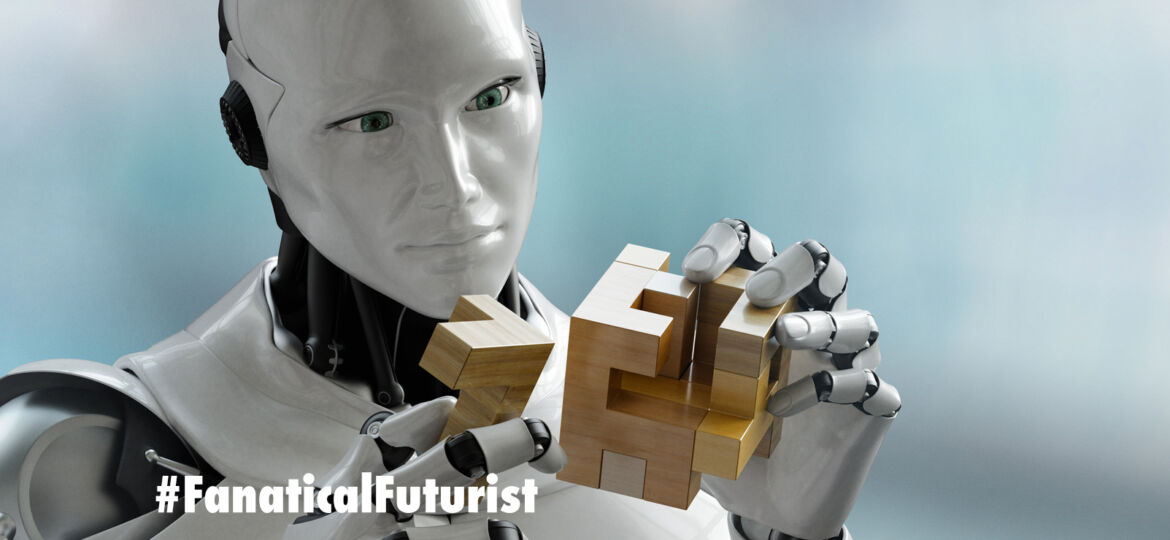
WHY THIS MATTERS IN BRIEF
AI will help revolutionise every corner of society and Google is helping democratise the technology so everyone, with any capability, programmers and non programmers, can build models and make use of it.
With the dramatic rise of Artificial Intelligence (AI) in recent years it’s no wonder that interest in Machine Learning has exploded as companies enter into a veritable arms race to get their head round it, experiment with it, and, more importantly, deploy it within their businesses. But now those same companies are finding themselves facing a common challenge – the demand for machine learning experts is out stripping supply, and, in some areas, it’s leading to bidding wars for talent with the inevitable winners and losers that that produces.
This fact hasn’t been lost on Google, one of the world’s leading AI companies, who have their own voracious hiring demands to think about, and in order to try to solve the issue, or at least reduce it, over the past year they’ve been busily building AutoML, an AI machine learning platform that can, and last year was, used to automatically build its own “child” AI’s that outperformed the models created by human experts. Now though Google have taken the platform one step further, they’ve given it a simple point and click interface that allows anyone to build new machine learning models without the need to have any coding experience – a trend that I’ve been predicting for some time now and something that I’m referring to as “Codeless AI.”
How It Works
Google has long offered pre-trained neural networks accessible via APIs that can perform certain tasks to its customers but that’s only useful if you need exactly what that specific model does. As a first step, the gist of Google’s new cloud based version of AutoML is that now anyone can bring a catalogue of images, import tags for the images, and create a functional machine learning mode. Google does all the heavy lifting behind the scenes, so the customer doesn’t need to know anything about the intricacies of neural network design, let alone programming.
While AutoML doesn’t yet compete with the cutting edge, highly tuned AI systems experienced engineers can build that will come in time. In the meantime though it also means that companies that find themselves on the loosing end of the hiring pool now have a way to develop new AI’s without the need to hire expensive talent, and yes, while the models AutoML creates today are simple by expert standards, tomorrow, like it’s Deep Learning cousins from Google DeepMind which have been “evolving” at an extraordinary rate as of late, it’ll be much, much more capable.
AutoML uses a simple graphical interface, allowing the user to drag in a set of images, then all it needs to know is how to describe them. Google does the heavy lifting, and you end up with a model running in the cloud that can identify the specified things in billions of images. AutoML then also provides stats on the strength of the model so you can train it with more data or test with new images.
The end result is a machine learning model that runs on Google’s servers, accessible via an API. Users can reach out to that model via the Google cloud API and get predictions on new images. For example, both Disney and Urban Outfitters have already used AutoML to help customers identify objects in their online stores with more accuracy, for example, searching for “Red backpacks” on Urban Outfitters will show you all the red backpacks, even if the items weren’t tagged that way in their system.
Google’s Cloud AutoML is currently limited to images, and it’s an Alpha release so you need to apply for access to it, and while in the end companies will likely have to pay for the final general release version it’s likely that the price for accessing it via an API is going to be low – much lower than an expensive machine learning expert, that is, if you can find one in the first place… The democratisation of AI is getting closer.















